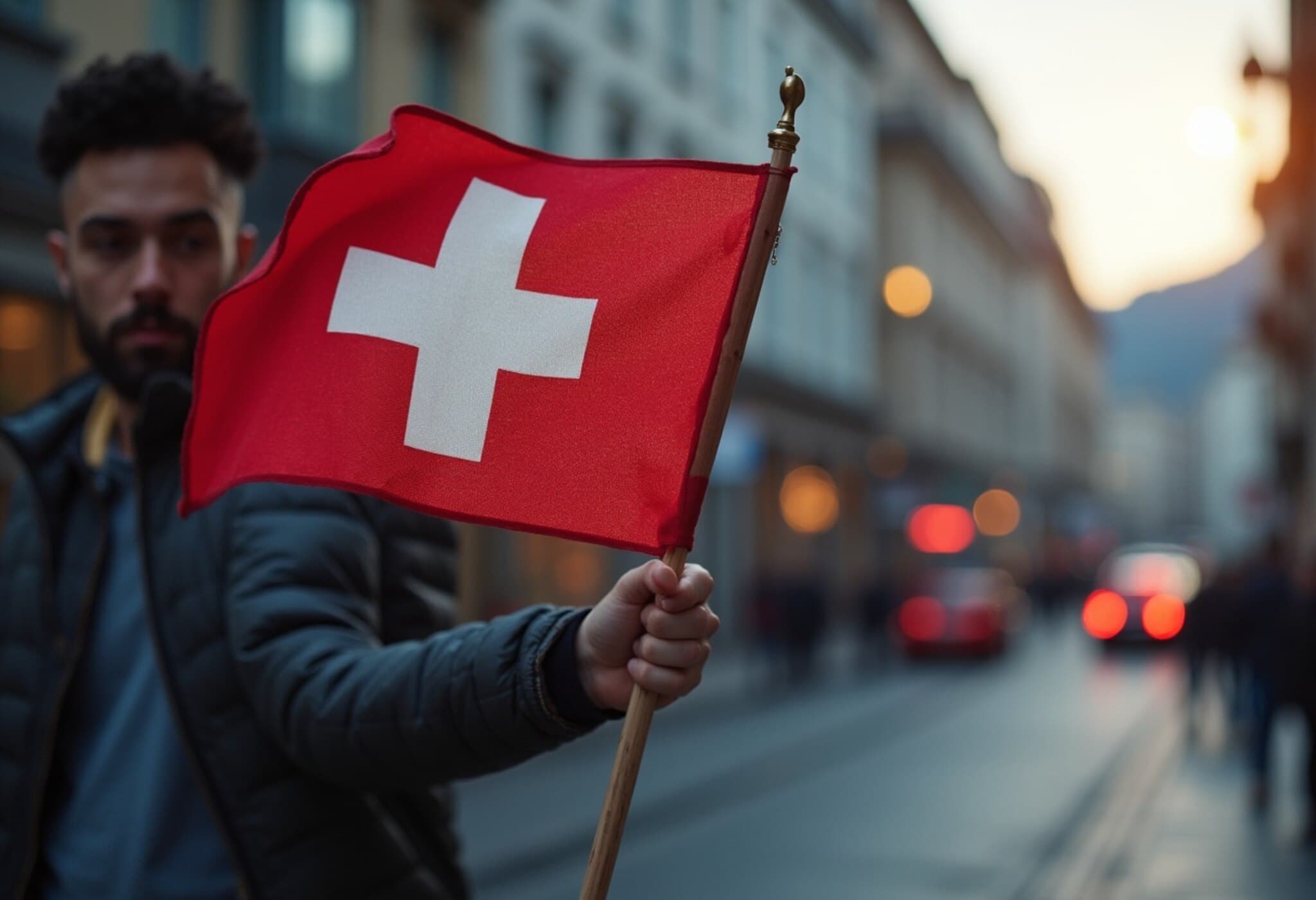Moncler Adjusts Pricing Strategy to Navigate Impact of U.S. Tariffs
Italian luxury giant Moncler has announced a series of strategic price increases aimed at countering the financial strain caused by newly imposed U.S. tariffs. The Milan-based company revealed it has implemented "mid-single-digit" price hikes for the latter half of 2025 and plans to continue adjustments into the first half of 2026. However, the full scope of its pricing strategy remains contingent on further clarity regarding U.S. import levies.
Economic Headwinds Prompt Cautious Expansion Plans
During its recent second-quarter earnings call, Moncler's executives indicated a cautious outlook for expansion. The company is considering postponing some of its approximately dozen planned store openings slated for 2026, depending on macroeconomic developments. Roberto Eggs, Chief Business Strategy and Global Market Officer, emphasized the need to balance price increases with customer retention in a challenging consumer environment.
"Clearly, the pricing today for consumers is a concern. I think we need to pay even more attention on this," Eggs remarked, underscoring the pressures faced in maintaining brand allure while managing cost inflation and geopolitical uncertainties.
Financial Results Reflect Mixed Market Dynamics
Moncler reported a subtle decline in group revenues, falling 1% year-over-year at constant exchange rates to €396.6 million ($536.7 million) in the three months to June 30, 2025. This figure fell short of analyst expectations of €427.2 million. The drop largely stems from subdued tourist activity impacting Europe, Middle East, and Africa (EMEA) regions, where sales contracted by 8%.
Conversely, the U.S. market, accounting for 14% of Moncler's sales, posted a 5% increase, buoyed in part by a fresh collaboration with luxury retailer Nordstrom. Still, executives are cautious about attributing this uptick solely to consumer stockpiling ahead of anticipated tariff hikes.
Asia, Moncler's largest market, remained flat overall, with Japan standing out as the only country within the region to experience negative sales growth, attributed mainly to currency fluctuations and changing local consumer behaviors.
The Broader Luxury Market Context
Moncler's approach reflects broader challenges confronting the luxury sector, especially amid fluctuating international trade policies and lingering concerns around economic slowdown. The company's flexible stance on store openings and pricing adjustments highlights an adaptive strategy in an uncertain environment.
Luxury brands globally are facing a delicate balancing act: grappling with rising production costs, tariff pressures, and volatile demand, while striving to maintain exclusivity and customer loyalty. Moncler's recent announcements underscore the potential ripple effects of geopolitical tensions on high-end retail.
Expert Insights: What to Watch Next
- Tariff Developments: Continued policy changes from the U.S. government could further influence Moncler's cost structure and pricing decisions.
- Consumer Behavior: Monitoring whether consumers will sustain demand amidst price increases and economic uncertainty is critical.
- Expansion Strategy: Decisions around store openings in 2026 may signal broader confidence or caution within the luxury market.
As Moncler awaits additional guidance on tariffs and monitors macroeconomic trends, its forthcoming 2026 pricing and store rollout plans—expected by October—will provide important indicators of the luxury sector's resilience.
Editor's Note
Moncler's strategic moves underscore the complex interplay between global trade policies and luxury retail dynamics. The company's cautious yet proactive adjustments reflect broader industry challenges that merit close observation. Consumers and investors alike should watch how Moncler navigates these headwinds, balancing exclusivity, price sensitivity, and growth ambitions in a shifting economic landscape.



















